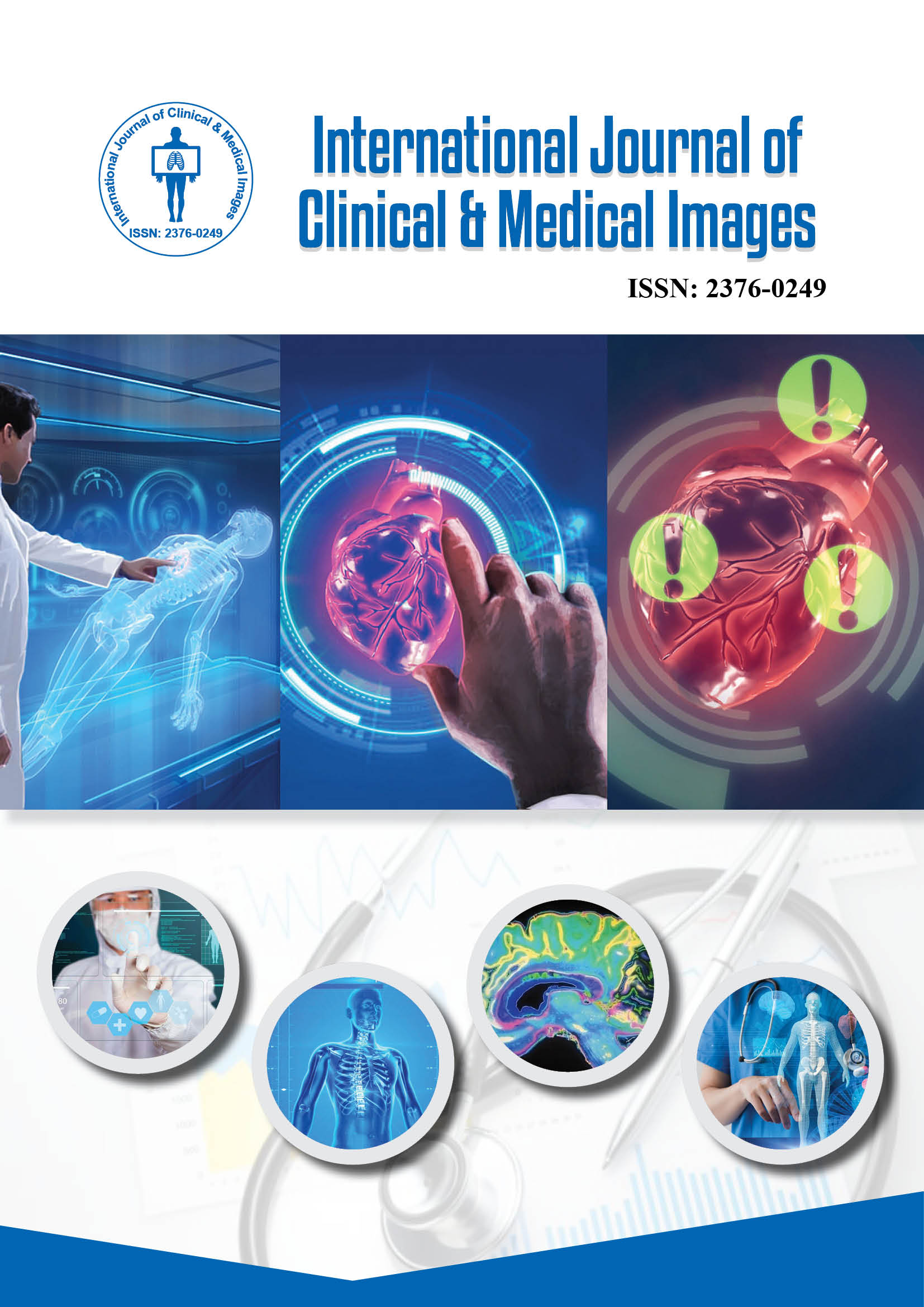2376-0249
Editorial - International Journal of Clinical & Medical Images (2025) Volume 12, Issue 4
Author(s): Rosen Haase
Clinical pediatrics relies heavily on visual assessment, as many childhood disorders present with distinctive physical signs that guide diagnosis. Clinical Pediatrics in Pictures: A Visual Approach to Diagnosis emphasizes the power of images in understanding pediatric conditions, enabling clinicians to identify patterns and make accurate clinical judgments. Through visual observation, physicians can detect subtle changes in appearance, posture, skin color, or facial expressions that may indicate underlying diseases. This image-based approach supports faster recognition of disorders, particularly in infants and young children who may not effectively communicate their symptoms.
Advances in medical imaging and photography have enhanced pediatric diagnostics by providing clear visual references for both common and rare conditions. High-resolution images of dermatological manifestations, congenital anomalies and infectious diseases serve as valuable learning tools for clinicians and trainees. Visual documentation not only aids in accurate diagnosis but also in monitoring the progression or resolution of illness over time. Pediatricians often rely on these visual cues to distinguish between normal developmental variations and signs of pathology, ensuring timely and appropriate interventions [1].
The use of visual atlases and image-based case studies in pediatric education has become increasingly essential. These resources allow practitioners to compare clinical findings directly with photographic examples, improving diagnostic confidence. For medical students and residents, visual learning fosters better retention and understanding of complex pediatric presentations. Moreover, pictorial documentation assists in interdisciplinary discussions, allowing teams to correlate clinical, laboratory and imaging findings for comprehensive care planning.
With the growing integration of digital platforms, pediatric visual databases and telemedicine tools are transforming diagnostic practice. Clinicians can now access extensive image libraries, share clinical photographs securely and seek expert consultations remotely. This visual approach not only bridges educational gaps but also enhances diagnostic accuracy in real-world clinical settings. Ultimately, â??Clinical Pediatrics in Picturesâ? demonstrates how visual learning and image-based diagnosis remain central to improving outcomes and advancing pediatric healthcare [2].
Pediatrics, Visual diagnosis, Clinical imaging
None.
None.
Google Scholar Cross Ref Indexed at
 Awards Nomination
Awards Nomination

